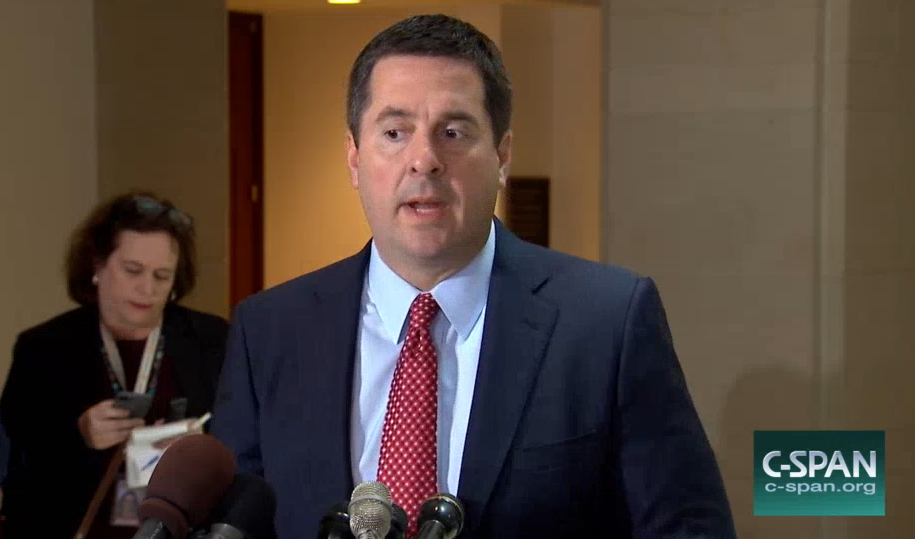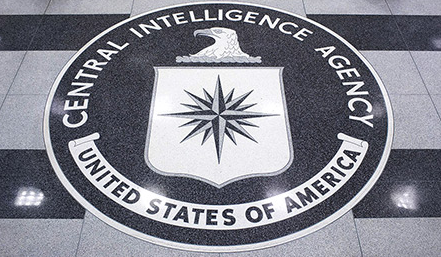Kashyap Patel Had Better Not Rely on the Bill Duhnke Precedent
Contrary to what a lot of people understand of the case, Jeffrey Sterling was not the CIA’s first suspect for the Merlin leaks to James Risen. Senate Intelligence Committee Staff Director Bill Duhnke was. As former CIA press person Bill Harlow testified, he told the FBI that James Risen had close ties to Duhnke when he first talked to them about Risen’s story.
Q. Okay. And you also told them that someone they should talk to about something like this would be Bill Duhnke, a person named Bill Duhnke, correct, up at the — that worked at the U.S. Senate?
BY MR. MAC MAHON: Q. Now, Mr. Harlow, in 2003, you told the FBI that you thought that Mr. Risen might reach out to the Staff Director of the Senate Select Intelligence Committee on Intelligence for confirmation, that Mr. Risen would, correct?
[snip]
A. My recollection is what the FBI asked me is who are the kind of people that Risen might talk to on a story like this, and I told them that he had regular contact with the Congressional Oversight Committees, including the Senate Intelligence Committee, and so the kind of places he might go to ask about the story would be the Senate Oversight committees. That’s my recollection of it. You know, it’s a dozen years ago but —
Q. And one of the names you gave them was Bill Duhnke, right?
A. Right.
As FBI Agent Hunt explained, however, she was hampered from investigating whether Duhnke (who knew aspects about Merlin that Sterling did not which showed up in Risen’s reporting) was a source for Risen because Senator Pat Roberts refused to cooperate with the FBI, even after then FBI Director Robert Mueller requested himself.
Q. And do you also remember writing in 2006 that the FBI director contacted the SSCI Chairman and Senator Pat Roberts, right?
A. Yes.
Q. And that Senator Roberts told Director Mueller that he wasn’t going to cooperate with the FBI at all in this investigation, correct?
A. Yes.
Q. And that never changed, did it?
A. It did change.
Q. You then got some cooperation from SSCI, correct?
A. I did. Q. You never got an interview with Mr. Duhnke, right?
A. I did not interview Mr. Duhnke.
Thus it happened that Speech and Debate prevented the FBI from investigating whether a key Intelligence Committee staffer played a role in a leak the government claimed was one of the worst ever.
I thought of that precedent when I read this passage in the NYT’s latest story on DOJ’s belated realization that Devin Nunes was using purported oversight requests to discover details that might help Trump delegitimize the Mueller investigation.
In another meeting, Mr. Rosenstein felt he was outright misled by Mr. Nunes’s staff. Mr. Rosenstein wanted to know whether Kashyap Patel, an investigator working for Mr. Nunes who was the primary author of the disputed memo, had traveled to London the previous summer to interview a former British spy who had compiled a salacious dossier about Mr. Trump, according to a former federal law enforcement official familiar with the interaction.
Mr. Patel was not forthcoming during the contentious meeting, the official said, and the conversation helped solidify Mr. Rosenstein’s belief that Mr. Nunes and other allies in Congress were not operating in good faith.
And these passages in an earlier NYT piece on Patel.
Over the summer, Mr. Nunes dispatched Mr. Patel and another member of the committee’s Republican staff to London, where they showed up unannounced at the offices of Mr. Steele, a former British intelligence official.
Told Mr. Steele was not there, Mr. Patel and Douglas E. Presley, a professional staff member, managed to track him down at the offices of his lawyers. There, they said they were seeking only to establish contact with Mr. Steele, but were rebuffed and left without meeting him, according to two people with knowledge of the encounter.
A senior official for the Republican majority on the Intelligence Committee, who spoke on the condition of anonymity because he was not authorized to speak about the matter, said the purpose of the visit had been to make contact with Mr. Steele’s lawyers, not Mr. Steele. Still, the visit was highly unusual and appeared to violate protocol, because they were trying to meet with Mr. Steele outside official channels.
Ordinarily, such a visit would be coordinated through lawyers, conducted with knowledge of the House Democrats, who were not informed and the American Embassy.
Given Rosenstein’s concerns that Patel was lying, I find it particularly interesting that he didn’t inform the American Embassy when he was there. It’s as if he was looking for a back channel!
As NYCSouthpaw noted, Patel has been hanging around the White House since he’s started playing this role.
In the months since, Mr. Patel has apparently forged connections at the White House. In November, he posted a series of photos to Facebook of him and several friends wearing matching shirts at the White House bowling alley. “The Dons hit the lanes at 1600 Pennsylvania,” Mr. Patel wrote under the photos.
This would suggest that the Nunes designee who has had firsthand access to all this intelligence, has also gotten really comfortable with the White House, leaving the possibility that he has shared the information with those in charge of delegitimize the investigation.
I’ve long wondered why Nunes has refused to read the information he has fought so hard to get access to. But by giving Patel that access without reading the materials himself, Nunes ensures that someone with easy access to the White House sees the materials, without jeopardizing the power to refuse any cooperation with Mueller.
Nunes, like Roberts did in 2006, could simply refuse to cooperate under speech and debate.
And it might well work!
There is, however one problem with that. You see, one of the ways (admittedly one of the less offensive ways) the President has interfered in the operations of DOJ is by demanding that the department ratchet up the leak investigations. And at a time last summer where Trump was threatening to fire Sessions so he could hire someone who could interfere with the Mueller investigation, Sessions and Dan Coats rolled out a new war on leaks, speaking of new permissiveness for prosecutors. Both Sessions…
To prevent these leaks, every agency and Congress has to do better.
We are taking a stand. This culture of leaking must stop.
[snip]
Finally, here is what I want to tell every American today: This nation must end the culture of leaks. We will investigate and seek to bring criminals to justice. We will not allow rogue anonymous sources with security clearances to sell out our country any longer.
These cases are never easy. But cases will be made, and leakers will be held accountable.
All of us in government and in every agency and in Congress must do better.
And Coats invoked Congress as a source of leaks specifically.
I would like to point out, however, that these national security breaches do not just originate in the Intelligence Community. They come from a wide range of sources within government, including the Executive Branch and including the Congress.
At the time, those mentions were deemed a warning that (in addition to changing the rules allowing them to pursue journalists), DOJ would also start pursuing Congress and its staffers more aggressively.
So while the available evidence suggests that Patel may be part of Nunes’ effort to funnel information to the White House, and while past history has shown that Nunes’ counterparts have been able to protect intelligence committee leakers, perhaps the witch hunt demanded by Trump will change that.



